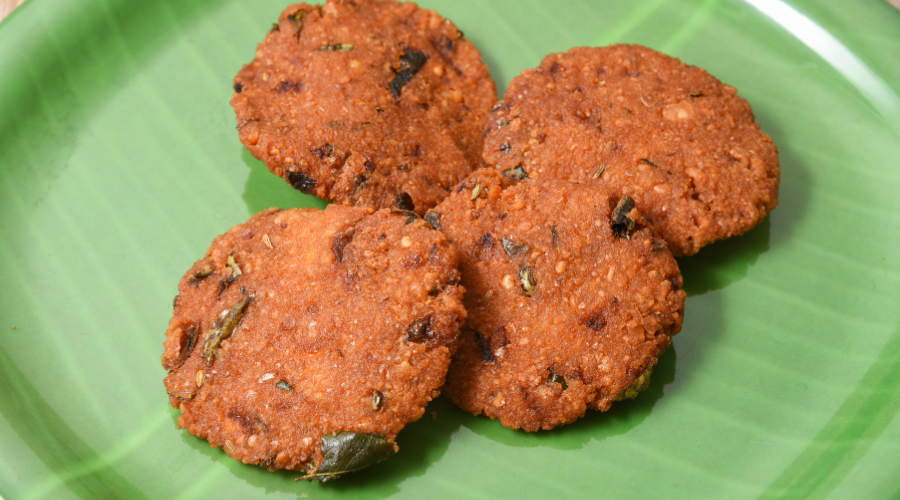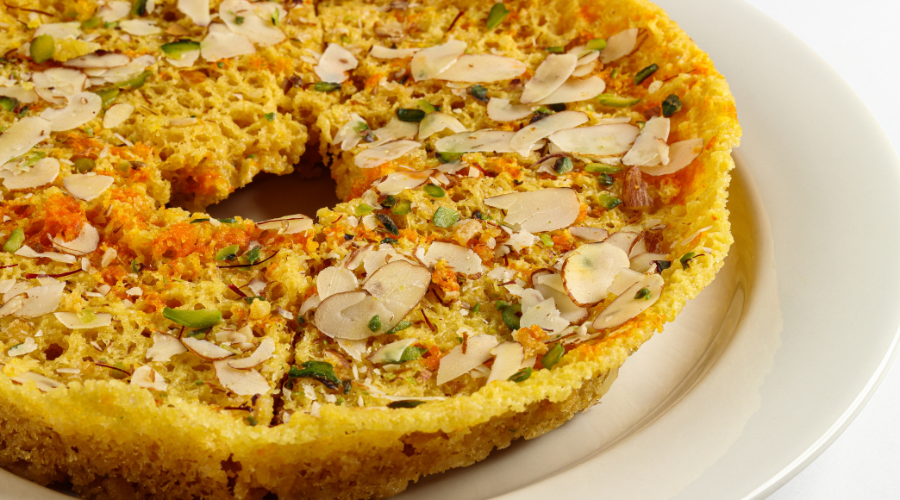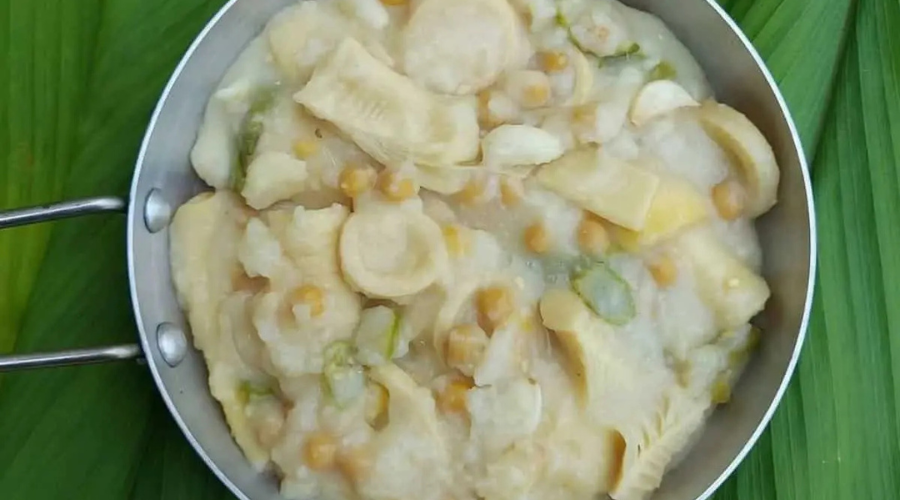As the monsoon clouds gather and the scent of petrichor fills the air, kitchens across India come alive with flavours that are deeply tied to the rhythm of the rains. From piping hot pakoras enjoyed with chai to hearty stews and khichdis that warm the soul, every region has its own comfort food for this season. Whether you’re curled up by the window or returning home soaked from a downpour, here are seven regional monsoon dishes that promise to make rainy days even more delicious.
7 Regional Dishes From Across India To Try This Monsoon
Monsoon is the perfect time to enjoy delicious snacks with your loved ones and savour unique flavours of the season. Here’s a list of regional monsoon delicacies from across the country.
Bombil Bhujna (Maharashtra)
Maharashtra takes pride in the Bombay duck, a versatile fish that can be used in various dishes. One of these dishes is the bombil bhujna, also known as Bombay duck curry. The marinade includes coriander and green chillies, which pay homage to the local weather. Seafood lovers should try this dish.
Parippu Vada (Kerela)

The pairing of rain and fried snacks is truly unforgettable. Parippu vadas from Kerala are a must-try delicacy when the rain starts pouring. Made from lentils, the vadas are not just tasty but nutritious as well. They are made with chana (chickpeas) and toor daal (split pigeon peas), mixed with onions, ginger, and spices. They are a scrumptious golden-brown snack, perfect for the monsoons.
Aamat (Chattisgarh)
Nothing beats a steaming bowl of comfort food when relishing the rains in Chhattisgarh. This recipe of Aamat has stood the test of time and has been passed down from generation to generation. Initially comprising gondi (edible resin/gum from Babool tree) and kareel (bamboo shoots), the dish has undergone various evolutions. It now features an array of additional ingredients, including fiery chillies, fragrant curry leaves, aromatic cloves, and an assortment of spice powders, all of which contribute to its lip-smacking taste.
Ghewar (Rajasthan)

In Rajasthani culture, Ghewar, is a traditional Indian prepared during festivals of Teej and Raksha Bandhan. It consists of ghee, flour, and sugar and has evolved from a simple sweetmeat to a beloved dessert throughout India. During monsoon season, this sweet, which is shaped like a honeycomb disc, provides the body with the necessary calories to generate heat and aid digestion. Modern stores offer various versions of this sweet, such as malai ghewar, chocolate ghewar, and rabdi ghewar.
Muya Awandru (Tripura)

Hailing from Tripura, Muya Awandru is a rice flour-based gravy with bamboo shoots, fermented fish, and chilli peppers. While some versions include snails, the gravy comprises bamboo shoots, fermented fish, and chilli peppers. Once ready, the dish is topped with parsley leaves for garnish. Tripuris value the health benefits of using fermented fish (Berma) because no oil is used in the cooking. Known for its invigorating aroma and simplicity, this one is a delight.
Paa Saa (Arunachal Pradesh)
Paa Saa is a much-loved traditional dish from the Tai Khamti community of Arunachal Pradesh. Though it takes a lot of effort to prepare, this dish is widely loved. Preparing paa saa is more of a community effort, where individuals gather to catch fish and mince it so that every part is utilised. For some, it’s the delectable taste of the dish, while for others it’s the vibrant green colour imparted by the uriam leaf, which neutralises the taste of the raw fish. Along with the leaf, the dish includes chives, coriander, ginger, garlic, chilli and white basil, adding a perfect flavour.
Nakham Bitchi (Meghalaya)
Nakham Bitchi is a traditional soup made with dried fish, vegetables, and spices, often enjoyed during the monsoon season. In addition to being one of the many cultural nuances of the Northeast, this one is from Meghalaya. The dish is known for its smoky flavour and health benefits. It is a comforting soup that acts as a palate cleanser and an appetite stimulant.
Explore OT Eats: